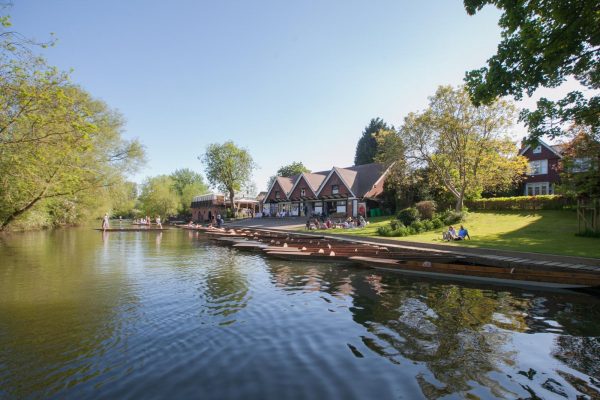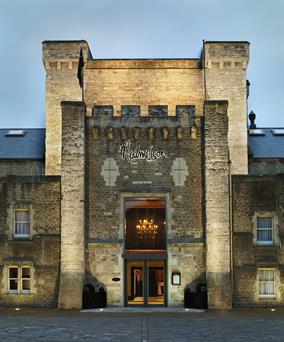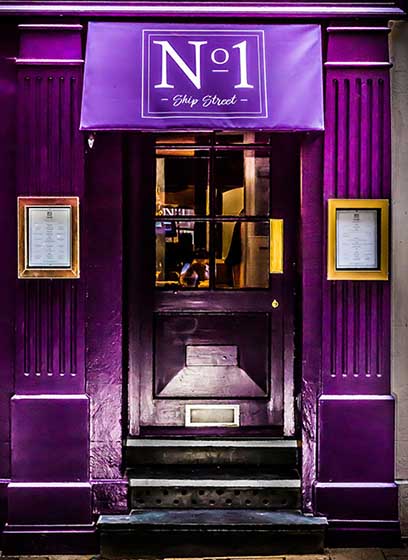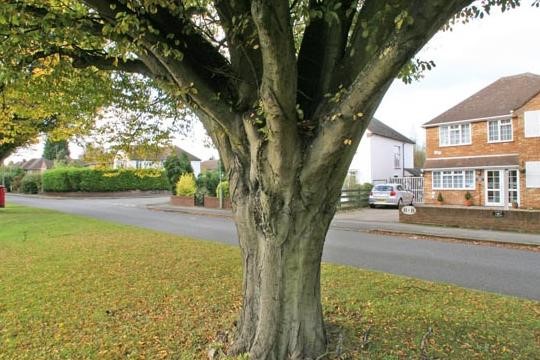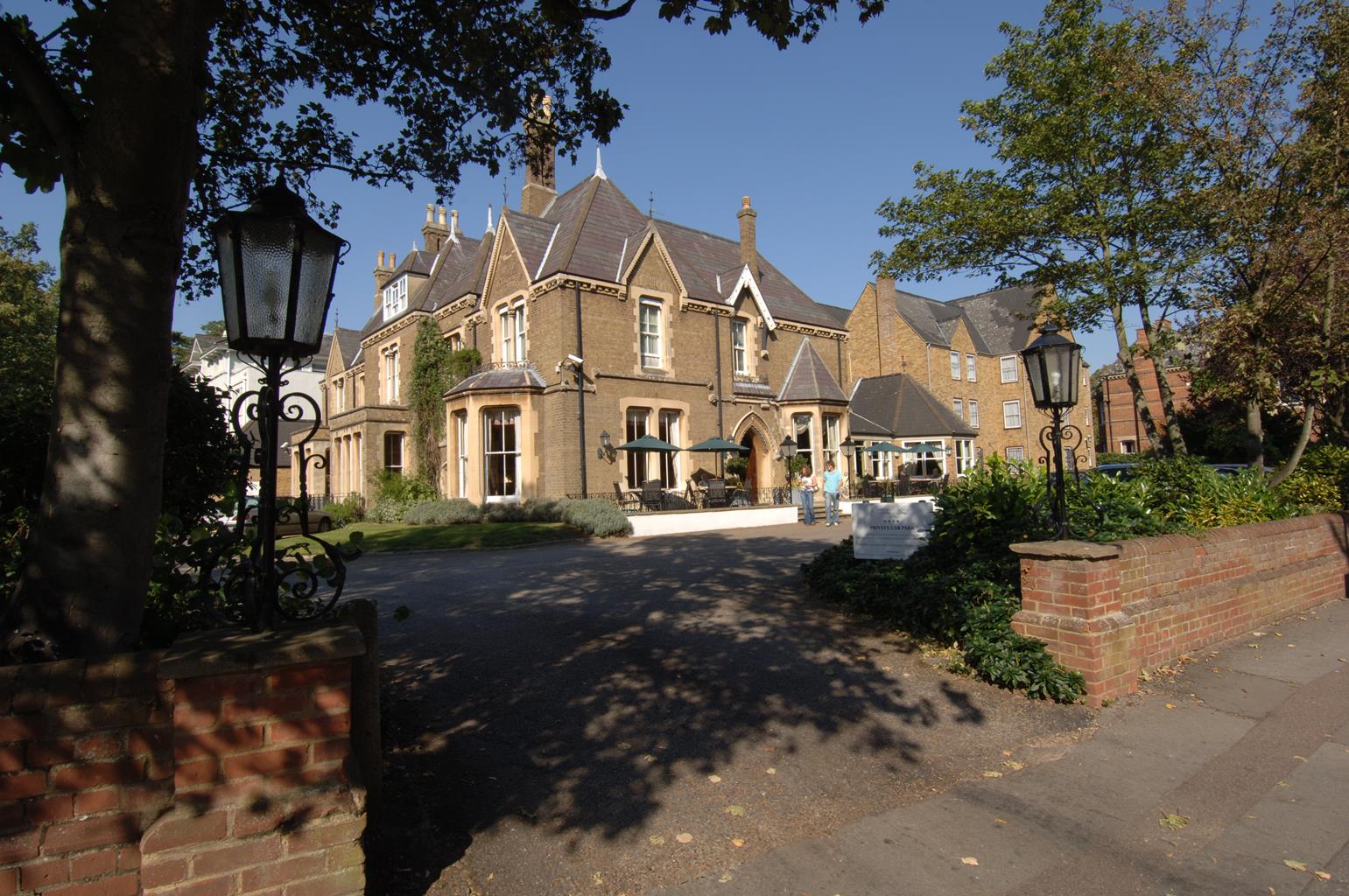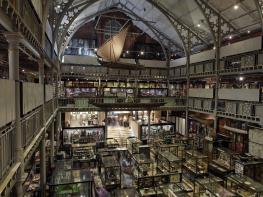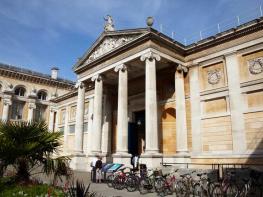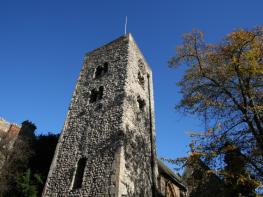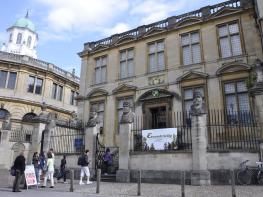Situated in the Headington area, Conifers is within walking distance of the Headington Hospitals…
Wolvercote to Godstow Abbey

4.5 miles (7.2kms)
About the walk
The village of Wolvercote, on the suburban outskirts of Oxford, is firmly bounded by the railway to the east, the Thames to the west, the busy A34 ringroad to the north and ancient commonland to the south. In the interests of common grazing, Port Meadow has successfully ignored agricultural practices such as ploughing and weedkilling for some 4,000 years. Down the lane stands a walled enclosure with, in one corner, the shell of a 16th-century chapel.
Godstow Abbey was a nunnery founded in 1139, and Rosamond de Clifford was sent here by her father to finish her education. But fate was to take a hand. Henry II spotted Rosamond one day after she had been picked to work in a high-class brothel – now the Trout Inn, one of Oxfordshire’s most famous pubs. The King was so taken with Rosamond that he installed her as his mistress in his palace at Woodstock (where Blenheim Palace now stands). She even bore him two sons – William Longspee, Earl of Salisbury, and Geoffrey who became Lord Chancellor of England.
The house at Woodstock was secret, surrounded by a knot-shaped maze to protect Rosamond from Henry’s queen, the formidable Eleanor of Aquitaine. However, Eleanor discovered what was going on and set about getting rid of Rosamond. She managed to penetrate the maze, and poisoned the woman who had become a rival for her husband’s affections.
Or did she? Tradition has it that Rosamond was murdered, but it’s possible that she escaped death and retired to Godstow to become a nun, before dying, probably from natural causes, in 1176. Her tomb was found there. As for Eleanor, she was an extremely unpopular queen and there were many people who were eager to see her discredited. After Rosamond’s death, royal endowments paid for silk curtains draped around the tomb and there were continuous prayers for her soul. Bishop Hugh of Lincoln later rejected such indulgence and ordered her remains to be removed. On his departure, the nuns concealed the bones in a perfumed leather bag, depositing them in a lead coffin in the Chapter House. Years later, the famous antiquarian John Leland recorded that when the coffin was opened, it was found to have a sweet smell.
The nunnery was eventually dissolved in the mid-16th century, passing into the hands of George Owen, Henry VIII’s physician. In the Civil War it was garrisoned for Charles I but seized in 1646 and almost completely destroyed by order of the Puritan commander, Colonel Fairfax. Little remains of the place now, but on a quiet evening you can picture a young girl who enthralled an adulterous king, walking by the placid waters of the Thames.
Walk directions
From the car park keep right and walk through Lower Wolvercote. Pass between the houses and on to the White Hart. Keep straight on to pass Home Close and Rowland Close, followed by a convenience store on your left. Continue to Elmthorpe Road and at this point turn right, passing through the Jubilee gate to reach the wide open fields of Wolvercote Common.
Approaching the railway, swing slightly right 50yds (46m) before it, following a grassy path out across Port Meadow. The path gradually curves away from the line, heading for a cobbled bridge over a ditch. Maintain the same direction across this breezy, open ground and look for barges and sailing boats gliding along the distant Thames. Ignore the first kissing gate to the left and maintain your direction towards the right-hand end of a line of trees ahead.
Where the path reaches the trees, turn left to cross a footbridge over the stream and go through a pair of kissing gates into Burgess Field Nature Park. Bear right at the immediate junction, and follow the path, with a line of trees and the stream to your right. Meet a gravel track and keep right, bearing right at the end to a gate. Go through, and follow the concrete track. Ignore a turnoff to the left, just beyond the allotments, and continue ahead on the track. The area to the right floods in winter – perfect for wildfowl.
Turn right just before the car park at a kissing gate. Follow the stony bridleway to a wide footbridge over the Thames, turn right to a second (red, arched) footbridge (Rainbow Bridge) and cross to the opposite bank, heading upstream now beside Bossom’s Boatyard and Medley Sailing Club. Pass a turning to The Perch at Binsey and go through a gate. Continue along the Thames Path all the way to Godstow Lock. Beyond the lock, go through a gate and follow the path past the remains of Godstow Abbey (open access).
Continue ahead, keeping to the right of the ruins to reach a gate onto the road. Look out carefully for traffic on the narrow Godstow Road as you turn right here over the bridge. Pass the famous Trout Inn before crossing a second road bridge to return to the car park.
Additional information
Meadow paths and tracks, tow path, road (can be busy)
Ancient grazing land northwest of Oxford city
Under control on Port Meadow – on lead if cattle about
OS Explorer 180 Oxford, Witney & Woodstock
Public car park at Lower Wolvercote
At car park
WALKING IN SAFETY
Read our tips to look after yourself and the environment when following this walk.
Find out more
Also in the area
About the area
Discover Oxfordshire
Located at the heart of England, Oxfordshire enjoys a rich heritage and surprisingly varied scenery. Its landscape encompasses open chalk downland and glorious beechwoods, picturesque rivers and attractive villages set in peaceful farmland. The countryside in the northwest of Oxfordshire seems isolated by comparison, more redolent of the north of England, with its broad views, undulating landscape and dry-stone walls. The sleepy backwaters of Abingdon, Wallingford, Wantage, Watlington and Witney reveal how Oxfordshire’s old towns evolved over the centuries, while Oxford’s imposing streets reflect the beauty and elegance of ‘that sweet city with her dreaming spires.’ Fans of the fictional sleuth Inspector Morse will recognise many Oxford landmarks described in the books and used in the television series.
The county demonstrates how the strong influence of humans has shaped this part of England over the centuries. The Romans built villas in the pretty river valleys that thread their way through Oxfordshire, the Saxons constructed royal palaces here, and the Normans left an impressive legacy of castles and churches. The philanthropic wool merchants made their mark too, and many of their fine buildings serve as a long-lasting testimony to what they did for the good of the local community.
Nearby stays
Restaurants and Pubs
Nearby experiences
Recommended things to do
Why choose Rated Trips?
Your trusted guide to rated places across the UK
The best coverage
Discover more than 15,000 professionally rated places to stay, eat and visit from across the UK and Ireland.
Quality assured
Choose a place to stay safe in the knowledge that it has been expertly assessed by trained assessors.
Plan your next trip
Search by location or the type of place you're visiting to find your next ideal holiday experience.
Travel inspiration
Read our articles, city guides and recommended things to do for inspiration. We're here to help you explore the UK.



